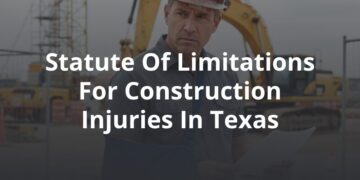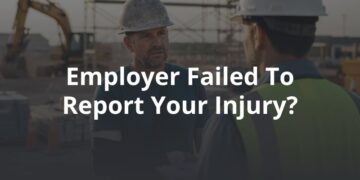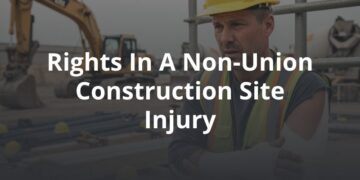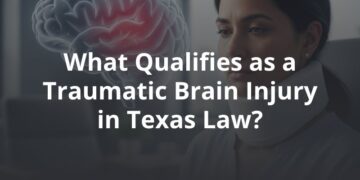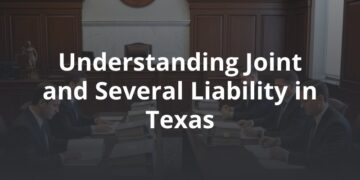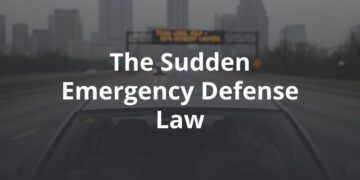Keeping yourself and your family, friends, and other passengers safe is your utmost priority when driving. However, operating a vehicle is getting riskier: between 2014 and 2016, the total number of accident fatalities rose every year, in tandem with the rising number of vehicles on the road. Although the fatality rate appears to have leveled off in the past three years, the fact remains that roughly 40,000 people are killed every year in traffic accidents.
At the same time, however, motor vehicle technology has become much more advanced. Many auto manufacturers have introduced driver assistance technologies designed to prevent accidents. New features like rearview video systems, automatic emergency braking, and lane departure warnings are alerting drivers and helping them respond to dangers as they occur.
These systems have the potential to significantly reduce accident rates, and new features are being developed all the time. If you are shopping for a new car now or in the near future, here are a few current technologies worth investing in.
Forward Collision Warnings
Forward collision warnings are designed to keep vehicles from colliding with the car in front of them by alerting a driver when they are getting too close. These systems use sensors to monitor the speed of both cars — however, they only alert drivers of potential hazards and do not automatically brake or respond to imminent crashes.
This feature is recommended by the National Highway Traffic Safety Administration (NHTSA).
Automatic Emergency Braking
Forward collision warning systems are much more effective when paired with automatic emergency braking. Like forward collision warning systems, this technology monitors the speed of the vehicle and those ahead of it. Instead of alerting the driver, however, this tool automatically applies the brakes if the driver fails to do so in time to avoid a collision.
Automatic emergency braking will also autocorrect if the driver does brake, but not hard enough to prevent themselves from hitting the vehicle in front of them. This technology is also NHTSA-recommended and reduces the risk of a crash by 50 percent, according to research from the Insurance Institute for Highway Safety (IIHS).
Lane Departure Warning and Lane Keep Systems
Designed to prevent sideswiping and rollovers, lane departure warning and lane keep systems help drivers avoid drifting out of their lane and colliding with other vehicles or running off the road. Like forward collision warnings and automatic emergency braking, these two features are more powerful when they work together.
Lane departure warnings alert users when they are in danger of drifting out of their lane, while lane keep systems automatically steer the vehicle back into the lane when a driver starts to drift.
The NHTSA recommends lane departure warning systems but has yet to fully evaluate lane keep. While lane keep systems show enormous potential, it’s important to purchase a vehicle that rates well for this feature.
Pedestrian Automatic Emergency Braking Systems
Another promising new feature is pedestrian automatic emergency braking. This tool works similarly to automatic emergency braking, but it is designed to detect when a pedestrian — rather than another car — is in the driver’s path and to brake automatically to avoid an accident. Because this technology is so new, it has not yet been officially approved by the NHTSA, but the administration is considering adding it to its 5-Star Safety Ratings list of recommended technologies.
Rearview Video Systems (Backup Cameras)
Most drivers are now familiar with at least the idea of backup camera systems: a video display on the dash shows a 10 x 20 foot view of the area directly behind the vehicle whenever the driver shifts into reverse. Not only are rearview video systems recommended by the NHTSA, but as of 2018, they are required in all new vehicles.
The NHTSA estimates that implementing this requirement will prevent between 58 and 69 of the roughly 210 fatalities that occur due to backover accidents each year.
How Well Do Driver Assistance Technologies Work?
Driver assistance features work exceptionally well — as long as drivers understand them and use them correctly. The AAA Foundation for Traffic Safety studied advanced driver assistance systems and found that they have the potential to reduce 40 percent of all car accidents, 37 percent of all accident-related injuries, and 29 percent of all traffic fatalities. The Insurance Institute for Highway Safety (IIHS) estimates that up to one million car accidents and 400,000 injuries might be avoided if all cars were equipped with forward collision warning and automatic emergency braking systems.
However, one consequence of such systems has been that some drivers rely too heavily on these technologies. For instance, the AAA Foundation for Traffic Safety also found that 40 percent of drivers with forward collision warning systems incorrectly assumed that their car would also brake automatically, even if it did not come equipped with automatic emergency braking features.
Drivers with driver assistance technologies also became less alert: 25 percent of those surveyed said they did not perform visual checks when changing lanes. Another 25 percent said they trusted their automatic driver assistance technologies enough to perform other tasks while driving.
Even though driver assistance technologies show a great deal of promise for accident and injury rates, they must be used correctly and with a thorough understanding of their limitations.
Whether or not you rely on vehicle assistance technologies, if you have been injured in an accident, you deserve a clear understanding of your rights and options. At FVF Law, our auto accident lawyers have been helping accident victims like you make educated decisions about their accident cases for years. We offer a free case evaluation so you can decide how best to proceed. Contact us today to schedule your consultation.
